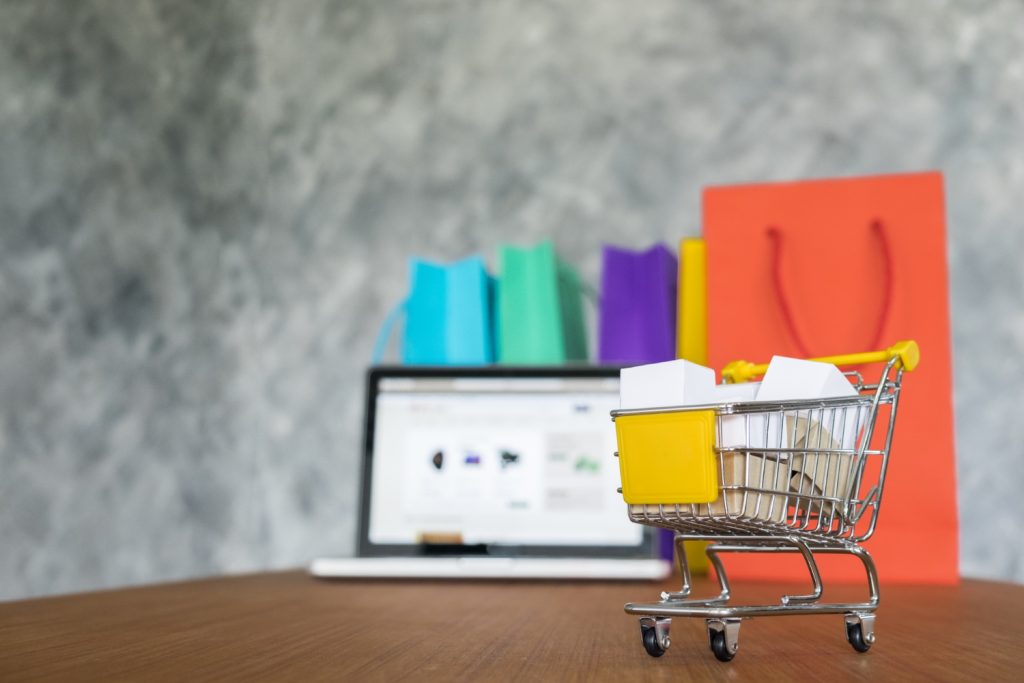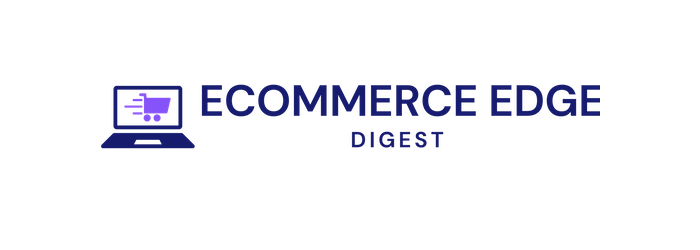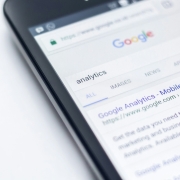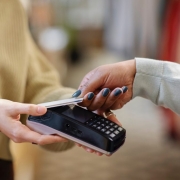Turning Empty Carts Into Sales: Smart Reengagement Tips

Every online shopper’s journey holds untapped potential, especially when a cart is left behind, abandoned and unfinished. These empty carts, often seen as lost opportunities, can actually be transformed into valuable sales with the right approach. Understanding why customers hesitate and gently guiding them back can turn moments of uncertainty into moments of purchase. In this article, we’ll explore smart reengagement strategies designed to breathe new life into those empty carts, helping businesses turn passive interest into active sales.
Understanding the Psychology Behind Cart Abandonment
Behind every abandoned cart lies a subtle mix of hesitation and distraction. Shoppers often wrestle with decision fatigue, encountering too many options that overwhelm their ability to make fast choices. Additionally, unexpected costs like shipping fees or taxes create a sudden barrier, causing customers to rethink their purchase. Emotional factors like fear of commitment or simply a lack of urgency also play crucial roles in this silent exit. Understanding these psychological triggers allows marketers to craft targeted strategies that ease doubts and create a smoother path toward conversion.
Consider the impact of cognitive biases such as the scarcity effect or social proof in nudging customers back. Highlighting limited stock or showcasing real-time purchases taps directly into consumers’ subconscious and prompts action. Offering gentle reminders and personalized incentives addresses both the emotional and rational minds, helping to break through the noise. Below is a quick overview of common psychological barriers and effective countermeasures:
| Psychological Barrier | Smart Reengagement Approach |
|---|---|
| Decision Fatigue | Streamline Choices; Highlight Best Sellers |
| Unexpected Costs | Clear Pricing; Free Shipping Offers |
| Fear of Commitment | Easy Returns; Limited-time Guarantees |
| Lack of Urgency | Flash Sales; Countdown Timers |
Crafting Personalized Follow-Up Strategies That Convert
To truly connect with hesitant shoppers, it’s essential to tailor your approach based on their browsing behavior and cart contents. Leverage data such as product preferences, past purchases, and time spent on specific items to segment your audience effectively. This allows you to send messages that resonate, whether it’s highlighting the unique benefits of the items left behind or offering personalized discounts that feel exclusive. Moreover, vary your contact channels to increase the chance of engagement — combine email reminders with SMS alerts or even retargeting ads for a cohesive and persistent touchpoint strategy.
Consider implementing a dynamic follow-up sequence that adapts to the customer’s interactions in real-time. As a notable example, if a shopper opens your email but doesn’t act, send a amiable nudge with added social proof or user testimonials on the next touch. Simultaneously occurring, those who click through and linger might recieve a limited-time offer to push them over the finish line. Below is a simple table illustrating an adaptable cadence that balances persistence with personalization:
| Touch Point | Timing | Message Focus | Channel |
|---|---|---|---|
| Initial Reminder | 1 Hour Post-abandonment | Friendly Nudge + Cart Summary | |
| Engagement Trigger | 24 Hours if No Action | Social Proof + Exclusive Offer | SMS & Email |
| Urgency Push | 48-72 hours After First Contact | Limited-time Discount or Free Shipping | Email & Retargeting Ad |
- Personalization increases relevance — tailored messages feel like a conversation, not a mass broadcast.
- Multi-channel outreach maximizes visibility without overwhelming the customer.
- Data-driven timing ensures your messages arrive when shoppers are most receptive.
Leveraging Technology for Timely and Relevant Reengagement
Smart reengagement hinges on harnessing technology that not only tracks user behavior but also delivers personalized outreach at precisely the right moment. By integrating AI-powered analytics and automated workflows, businesses can identify when a customer abandons a cart and instantly trigger tailored messages that resonate with their specific interests. These timely nudges could be triggered via email, SMS, or push notifications — each channel optimized based on user preference data to maximize open and conversion rates.
Automation tools often come equipped with dynamic content capabilities, allowing marketers to adapt their messaging to reflect real-time inventory, pricing, or even trending promotions. Below is a brief overview of key technologies and their impact on reengagement effectiveness:
| Technology | Role in Reengagement | Benefits |
|---|---|---|
| AI Predictive Analytics | Identifies Abandonment Patterns | Improves Targeting Accuracy |
| Marketing Automation | Sends Triggered Messages | Ensures Timely Follow-ups |
| Omnichannel Platforms | Delivers Messages Across Channels | Enhances User Engagement |
- Real-Time Personalization: Craft messages that adapt instantaneously to stock levels or customer actions.
- Behavioral Segmentation: Group customers by shopping habits for more relevant communication.
- Integrated Payment Solutions: Simplify checkout to reduce friction and improve conversion.
Optimizing Offers and Incentives to Seal the Deal
When it comes to converting hesitation into action, a well-crafted offer can be the gentle nudge a potential buyer needs. Tailoring incentives based on customer behavior considerably increases the chances of closing the sale. For example, limited-time discounts create a sense of urgency, while free shipping thresholds encourage customers to add just one more item to qualify for savings. Consider also personalized promo codes or exclusive bundles that highlight value without eroding profit margins.
Not all incentives are created equal, so it’s vital to test and measure what resonates best with your audience. Here’s a quick comparison of common offers and their psychological triggers:
| Offer Type | Psychological Trigger | Best Use Case |
|---|---|---|
| Percentage Discount | Savings & Urgency | Seasonal Sales & New Customers |
| Free Shipping | Convenience & Value | Low-margin Products & High Cart Values |
| Exclusive Bundles | Perceived Value & Exclusivity | Complementary Products |
| Gift With Purchase | Reciprocity | High-ticket or New Product Launches |
By strategically deploying these offers and continuously optimizing based on customer feedback and analytics, brands can create a tailored reengagement experience that feels less like a sales pitch and more like a thoughtful gesture. Ultimately, it’s about aligning value with customer motivation at just the right moment.
Final Thoughts…
In the ever-evolving landscape of online shopping, abandoned carts may seem like lost opportunities, but they’re really just invitations waiting to be answered. By embracing thoughtful, data-driven reengagement strategies, businesses can transform hesitation into conversion and curiosity into loyalty. Turning empty carts into sales isn’t just about closing a transaction — it’s about reconnecting with customers in meaningful ways that resonate beyond the checkout page. With the right approach, every abandoned cart holds the potential to become a story of success.





![[Aggregator] Downloaded image for imported item #1260](https://ecomedgedigest.com/wp-content/uploads/2025/08/IMG_0787-1024x683-1-180x180.jpeg)

![[Aggregator] Downloaded image for imported item #1311](https://ecomedgedigest.com/wp-content/uploads/2025/09/IMG_0834-1024x683-1-180x180.jpeg)


Leave a Reply
Want to join the discussion?Feel free to contribute!